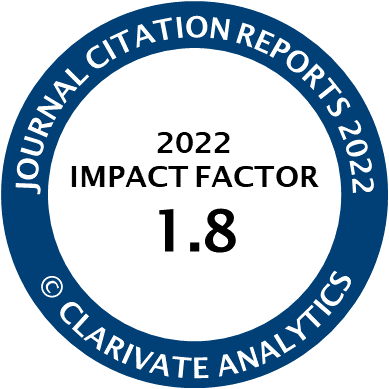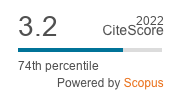Article | Open Access
Planning and Architecture as Determining Influences on the Housing Market: Budapest–Csepel’s Post–War Housing Estates
| Views: | 793 | | | Downloads: | 579 |
Abstract: In Hungary, post-war housing estates can be categorised according to the time of their construction. Thanks to the development of construction technologies and urban planning, these so-called generations of housing estates demonstrate different features with regard to their physical layout and socio-economic characteristics. Socio-economic transformation that took place after the change of regime (1989) was widely affected by the physical parameters of these neighbourhoods and their dwelling stock. Our results show that different generations of housing estates have followed distinct trajectories in the housing market; thus, in addition to their geographical location within the city, planning, architecture, design, and the dwelling stock play a significant role in the market positions of these generations of housing estates. House prices have risen rapidly in Budapest since 2014 up until the pandemic in 2020, and housing estates became popular segments of the housing market. The main aim of this article is to investigate the role of urban planning, architecture and the built environment in this real estate process. The research is based on empirical real estate investigations, statistical house price analyses, and fieldwork undertaken on housing estates. The case study area is Csepel, a former industrial town which became the administrative district 21 of Budapest in 1950. All types of post-war generations of housing estates co-exist, and the majority of the population lives in such neighbourhoods. This special geographical context makes it possible to explore the influential role of the built environment in the housing market. Empirical results from these low- and mid-rise housing estates can make a major contribution to the more effective and successful development of high-rise neighbourhoods.
Keywords: architecture; Budapest; built environment; Csepel; housing estates; housing market; socio-economic characteristics; urban planning
Published:
© Tamás Egedy, Balázs Szabó, Hlib Antypenko, Melinda Benkő. This is an open access article distributed under the terms of the Creative Commons Attribution 4.0 license (http://creativecommons.org/licenses/by/4.0), which permits any use, distribution, and reproduction of the work without further permission provided the original author(s) and source are credited.




